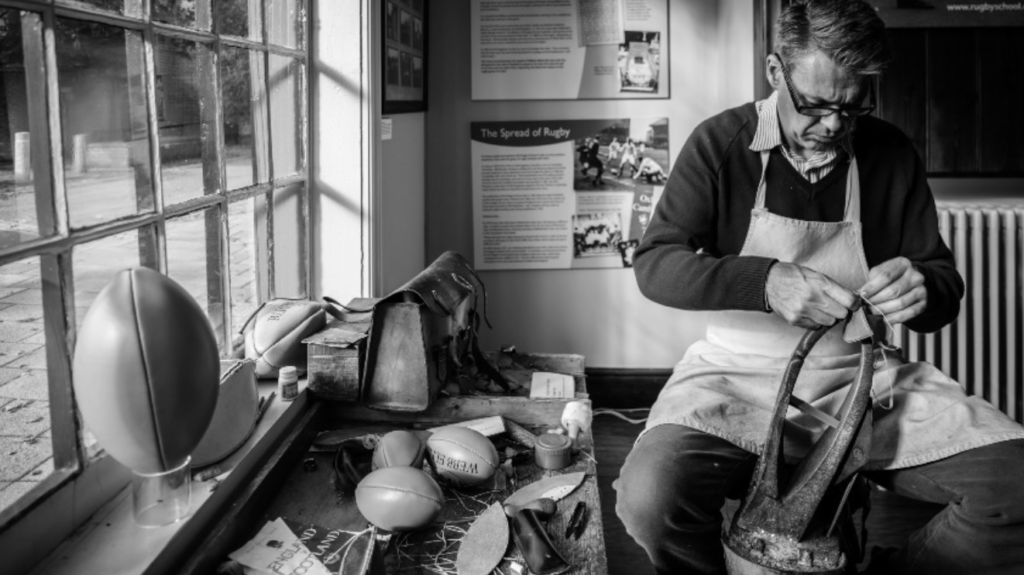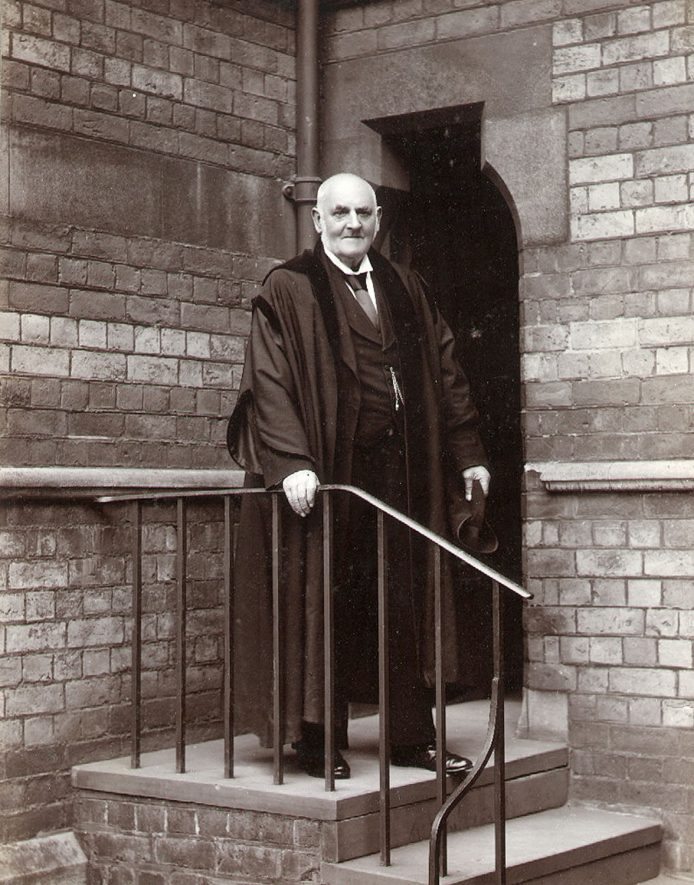THIS Christmas morning had a particularly festive feel about it and I was up early to make the annual visit to see if Santa had arrived at my daughter’s house.
He had, and included on his gift list was a rugby ball for five year old Joe. I was hardly in the door when I had to field a difficult question: “Grandad! Why does a rugby ball look like an egg?”
I was temporarily flummoxed and earlier research had revealed that soon after William Webb Ellis picked up the ball during a soccer game and ran with it through in the playgrounds of Rugby School in England in 1823, a local cobbler by the name of William Gilbert set up a business of providing rugby balls for the school.

These were made from pigs’ bladders which, as many Limerick families of the Limerick pig trade in the late 1880s and early 1900s were aware, are plum-shaped. The Gilbert family continued to play a major role in the development of the oval ball.
James Gilbert, a nephew of William’s and a man obviously blessed with particularly powerful lungs, inflated the smelly green bladders single-handedly by blowing into a pipe and it was 1870 before Richard Lindon saved him from inevitable heart-failure and a possible early demise by inventing the first inflatable rubber bladder for use on the rugby fields of the British Isles.

Over the years, the size of the rugby ball has increased from a clumsy, rough laced, heavy lump to today’s lightweight Gilbert product that has a circumference of between 580-620 cm and weighs between 410 to 460 grams.
After imparting these little nuggets of rugby knowledge to the aforementioned Joseph, we proceeded with light training in the hallway and were joined by eight year old James, looking splendid in his new Garryowen FC light blue jersey.
The impromptu coaching session was light-hearted: no real heavy stuff like lifting in the lineout, forming pods or wedges or the driving maul. We just stuck to the basics and after a few warm-ups the dynamic duo had enough of my efforts at Christmas morning rugby coaching and set their sights on nearby boxes of Lego and packs of Pokeman cards.

It was a nice moment and on the way home I wondered about the future children of today are facing. Climate change is essential, world peace remains a priority and involvement in some form of sport is, moreso than ever before, very important in children’s lives.
Limerick fields 12 club teams in various provincial rugby competitions every week during the season, with two more competing in local competitions. Almost all have underage structures.
It is estimated that over 2,000 men, women, boys and girls are involved in some form of rugby every week-end in this city and county making Limerick one of the biggest participants of the oval ball game outside of the capital.
In this city the future of the game remains bright and with Santa’s sack bulging with rugby balls this year, he too has played his part.









